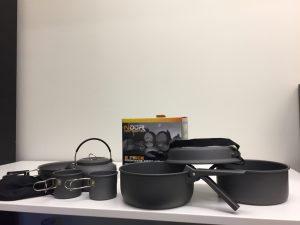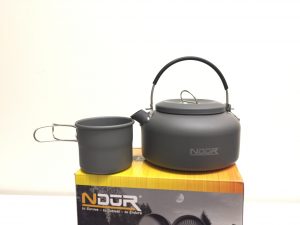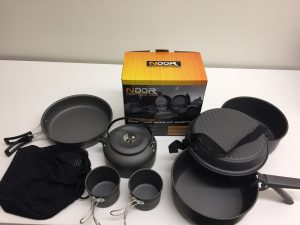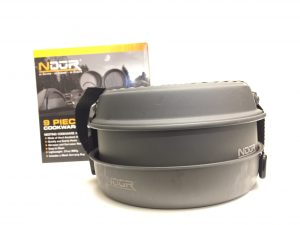I got lucky enough to acquire a full set of different size cast iron cookware from an ex-roommate nearly 25 years ago. He didn’t want to take them with him and I couldn’t bear to see anyone else get them. Even though I’ve moved multiple times since then, I’ve never even considered not keeping them. There were times when I didn’t always take the best care of them though, and I’ve had to reseason them a few times.
I also occasionally see perfectly useful cast iron cookware at yard sales or thrift stores and they can be intimidating if you don’t know how to reseason them, but it’s not that hard. Here’s a run-down of how to do it.
First, sand off the rust with steel wool or rough sandpaper or a steel brush. Use whatever is efficient to get off the rust without digging into the iron too much.
Oftentimes, a cast iron pan that has been neglected will have a thick coating of black carbon on it. This often means that something burned in it and the person didn’t know how to remove that or didn’t bother to. In this case, it can be burned off by putting the pan in a hot oven. Use the self-cleaning cycle of the oven if it has one. If not, turn on your exhaust fan and keep an eye on it so nothing catches on fire. Spraying it with oven cleaner and letting it sit, then scraping off the carbon also can work.
Once it’s clean, wash it with soap and water and dry it thoroughly. Once it’s seasoned you’ll never use soap on a cast iron pan! A well-seasoned pan allows the oils and fats from cooking to bond with it. You want this smooth surface to grow over time, and using soap erodes that.
Take your clean pan and place a blob of shortening in it. How much you use will depend on the size of the pan or pot. For a teapot or something like that, use quite a bit. You want this to melt and cover the entire surface. Place a clean pan underneath the cast iron item to catch any drips of shortening so you don’t start an oven fire. If it’s an especially deep pan and you can’t coat the entire surface, rub some shortening on the surfaces. Take the pan out of the hot oven once in a while and CAREFULLY rotate the pan so the melted shortening adheres to the sides.
This is like basting a turkey…cover up all the surfaces so it soaks in and coats everywhere. Leave the pan in the hot oven for an hour or so. Make sure all surfaces have absorbed as much oil as possible. Then leave it to cool. If it looks black but not shiny, consider repeating the oven process above a time or two more. The first time you cook with it, run some cooking oil over all of your surfaces.
When cooking with a cast iron pan, don’t overheat, because burning your food will destroy this seasoning you’ve worked so hard to create. Use oil or butter when you cook and avoid cooking tomatoes or other acidic foods, because that can erode the seasoning surface. Avoid cooking something that boils a long time in a cast iron pan, because that too can erode the surface. You can cook tomatoes or cook soup in a cast iron pan, but you should wait until the seasoning surface is well-developed.
Once you’re done cooking with it, clean it out right away so nothing sticks to it. It shouldn’t stick hard, but cleaning it promptly under running with a gentle scraping from a rubber spatula should be enough to dislodge your cooked-on food. Avoid soap, because it will wash away the seasoning surface you’ve worked so hard to create.
The first few times you cook with it after seasoning, you want to encourage a good seasoning surface to develop. Cook oily foods for the first 5 to 10 times. Good choices would be fried chicken, pancakes, fried potatoes, grilled cheese sandwiches, pork chops with fried apples, etc. The more you cook with it, the more your smooth, non-stick surface will develop. If you don’t cook with it often, rub the surfaces with oil in between use.
Once you get that season on the surface, if cared for your cast iron pan will last forever. Occasionally the less high-quality pieces will crack or break. But avoid putting a hot pan in cold water, avoid dropping it, and take general good care of it and that should not be a problem.






